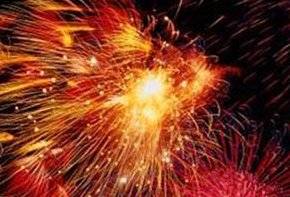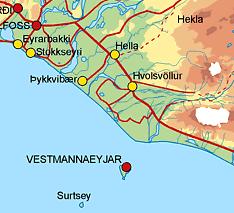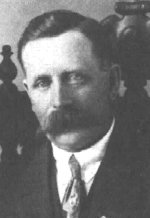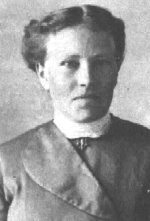"In the old Icelandic calendar, there is no indication that a year was counted as beginning on any particular day, but the First Day of Summer (sumardagurinn fyrsti) seems the logical equivalent.
In the 12th century it seems that Ari Ţorgilsson the Wise regarded September 1 as the beginning of the year, following the example of Pope Gregory VII. By the almanac of the Icelandic Church, however, the year began on Christmas Day.
By the early 16th century, January 1 seems to have been established as the beginning of the year, and the word nýársdagur (New Year's Day) first appears as a marginal note in the first printed version of the New Testament in Icelandic in 1540. Gamlárskvöld (New Year's Eve, literally Old Year's Evening), on the other hand does not appear in print until 1791 and gamlársdagur (Old Year's Day) not until 1862. Various aspects of folklore have become attached indiscriminately to Christmas Eve, New Year's Eve and even Twelfth Night. No doubt the confusion arises because New Year's Eve and Christmas Eve were for many centuries one and the same. The dead were supposed to rise from their graves,
 cows to receive the power of speech, and seals to take on human form, while the óskastund (wishing moment) was also supposed to occur on this night; water might also be turned into wine.
cows to receive the power of speech, and seals to take on human form, while the óskastund (wishing moment) was also supposed to occur on this night; water might also be turned into wine.The elves, or "hidd- en people," beauti- ful beings who lived in splendid homes hidden within rocks and crags, were reputed to move house on New Year's Eve. Since the elves might call in on their travels it was regarded as necessary to sweep and thoroughly clean the house before New Year's Eve, as "the hidden people" had high standards of cleanliness. Once all was clean and tidy, the lady of the house would walk about her home, reciting a protective incantation:
Komi ţeir sem koma vilja, veri ţeir sem vera vilja, fari ţeir sem fara vilja, mér og mínum ađ meinalausu. |
Come all who wish to come,
Stay all who wish to stay, Go all who wish to go, And do me and mine no harm. " |
 After that they fled the scene, took all the women and on Hjörleifur's ship they sailed to some islands not too far from the mainland. Again we shorten and simplifies the story. Ingólfur and his men had found the pillars in a small bay where the land had many and various natural advantages. One of the advantages was an abundance of natural hot water in open pools that steamed and smoked under the summer skies. A phenomenon that inspired the name Reykjavík - "Smoky Bay" (Today, 1100 years later, this natural hot water provides the capital city with central heating, this "Smoky Bay" city is probably the only smoke-free capital in the world). Well, on with the story, Ingólfur and his men went back to search for Hjörleifur and found him and all his people dead. Ingólfur's instinct told him that the slaves had fled to the islands he saw not too far from the coast. And he was right, he found them there and all the slaves were killed. After that Ingólfur gave the islands the name Vestmannaeyjar (Westman islands), because the slaves were Westmen, men from islands west of Norway.
After that they fled the scene, took all the women and on Hjörleifur's ship they sailed to some islands not too far from the mainland. Again we shorten and simplifies the story. Ingólfur and his men had found the pillars in a small bay where the land had many and various natural advantages. One of the advantages was an abundance of natural hot water in open pools that steamed and smoked under the summer skies. A phenomenon that inspired the name Reykjavík - "Smoky Bay" (Today, 1100 years later, this natural hot water provides the capital city with central heating, this "Smoky Bay" city is probably the only smoke-free capital in the world). Well, on with the story, Ingólfur and his men went back to search for Hjörleifur and found him and all his people dead. Ingólfur's instinct told him that the slaves had fled to the islands he saw not too far from the coast. And he was right, he found them there and all the slaves were killed. After that Ingólfur gave the islands the name Vestmannaeyjar (Westman islands), because the slaves were Westmen, men from islands west of Norway.



